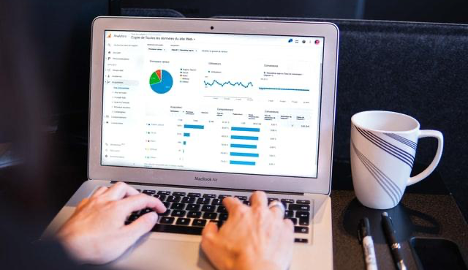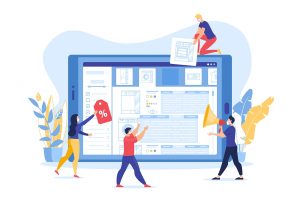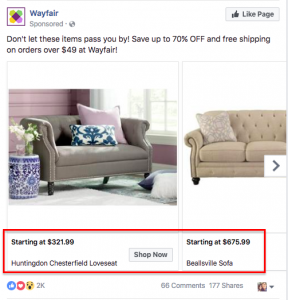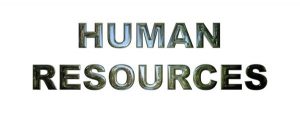It does not take rocket science to conclude that the global pandemic changed the marketing landscape, particularly consumers’ online behavior.
For one, the pandemic drove home the point that everything is fragile. Resilience and flexibility have become the marketing buzzwords. Organizations that failed to adapt are left behind as others have ambled on, limping perhaps, but not crippled.
Over the past year, the competition for keyword search has intensified. As consumers stayed inside their homes, online activity ramped up. More importantly, a new market opened up–consumers who were new e-commerce but were forced by the lockdowns to do their shopping online.
However, even a behemoth like Google is not immune from its devastating effects. For instance, experts project a five-percent dip in Google revenues. The search engine giant loosened its grip on the US digital market from 31.6% in 2019 to 29.4% in 2020.
But what is the pay-per-click landscape for 2021? How will advertisers navigate this “new normal?”
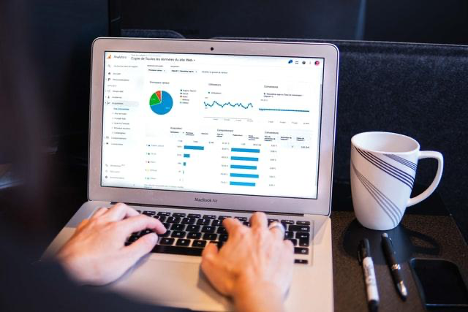
Here are some of the trends to watch out for:
- COVID-19 remains a force majeure — As the world races to produce a viable vaccine against the coronavirus, marketers do not foresee sweeping changes in digital advertising this year. Advertisers will continue to tighten their belts and adopt a wait-and-see attitude. According to Agility Solutions, millennials are the most affected by economic restrictions. They are cutting their spending, staying indoors, stocking up on their supplies, and using public transportation rather than waste money on gas. As such, you need to craft a marketing strategy to account for the change in their online buying behavior. In the same vein, the buying behavior of men tends to be more affected by COVID. For instance, they are likely to stay away from shopping in brick-and-mortar stores compared to women.
- Lockdowns formed new habits — COVID changed the average consumer’s perception of the world as they realized that nothing is permanent. But consumers have adapted to the new normal and, thereby, formed new habits that would likely sustain even post-COVID. As already mentioned, those who were hesitant about online shopping before have now embraced the latest technology. And they realized that their initial fears were unfounded. Organizations are also more pressured now to improve their systems with the rising consumer demand. While people were more forgiving before the lockdown, they want better communication, particularly when it comes to shipping and delivery.
- The continued evolvement of voice search –According to data, over half of the population in China and India use voice AI for search. Teenagers (55%) tend to use voice search compared to adults (44%). You need to review your existing blueprint to make sure you would not be left behind. For example, you need to adopt the conversational language and long-tail keywords in your online search. Google has done a remarkable job of tracking omnichannel conversion. Using Google Analytics, advertisers can also monitor offline conversions across different devices. But you need baseline data on what your customers are searching for using voice tech. Generally, people use voice assistants to call someone, search for a store or information, find directions, or play a song. But you can customize the data to profile your customers.
- Google search data continues to be limited — Toward the end of last year, Google announced that it is restricting access to search data when there is no meaningful information. The problem is that the search engine did not elaborate on what “significant” means. But marketers immediately felt the impact of this decision as they saw fewer details on their analytics reports. As Google pushes advertisers to be more heavily dependent on machine learning, expect this obfuscation of data to continue in 2021. On the one hand, automation will benefit the small and medium companies, but the big spenders will have to adapt because Google shows no signs of budging from its position. For instance, they must find a way to cook a complete meal with little ingredients. For savvy marketers, getting access to 85% of the information would still be enough to launch a successful campaign.
- Automation to accelerate further — Marketers must face the truth: automation is here to stay. Rather than continue to resist, they should make more effort to learn how automation works. It is not to say that you should nix your existing manual PPC strategy, but expect to cede more control to the platforms since they will demand more from you. Track the areas where you lost control due to automation, and decide whether to adapt or move forward. It is false to assume that human intelligence will become obsolete. You still need PPC pros to parse the data, especially when the machine generate contrasting feedback. You need to be quick to deviate or move forward when you find yourself at a crossroads.
- Take your hand from the cookie jar — Advertisers must put a plan in place as nations continue to impose new restrictive policies on data privacy. For many years, marketers have relied on cookies to develop leads and target customers. But the terrain is shifting, so your search marketing team must craft a data strategy to comply with the new policies. More importantly, you also have to wean from a cookie-reliant strategy and develop new solutions using first-party data. By customizing your website, you can exploit first-party data to customize your search strategy that aligns with your business goals. Improving your first-party data will also be crucial in generating more accurate metrics on your leads.
Those are just some of the trends for Google Ads and PPC for 2021. As the global pandemic has shown, organizations who showed a propensity to adjust quickly are more likely to survive. Marketers have the advantage of experience and hindsight to craft their search strategy amid the specter of COVID-19. The good news is that this year would not be as unpredictable compared to 2020. As long as you have good foundations, you can build on them to maintain or speed up your momentum.
Originally published here.
Digital & Social Articles on Business 2 Community
(17)
Report Post